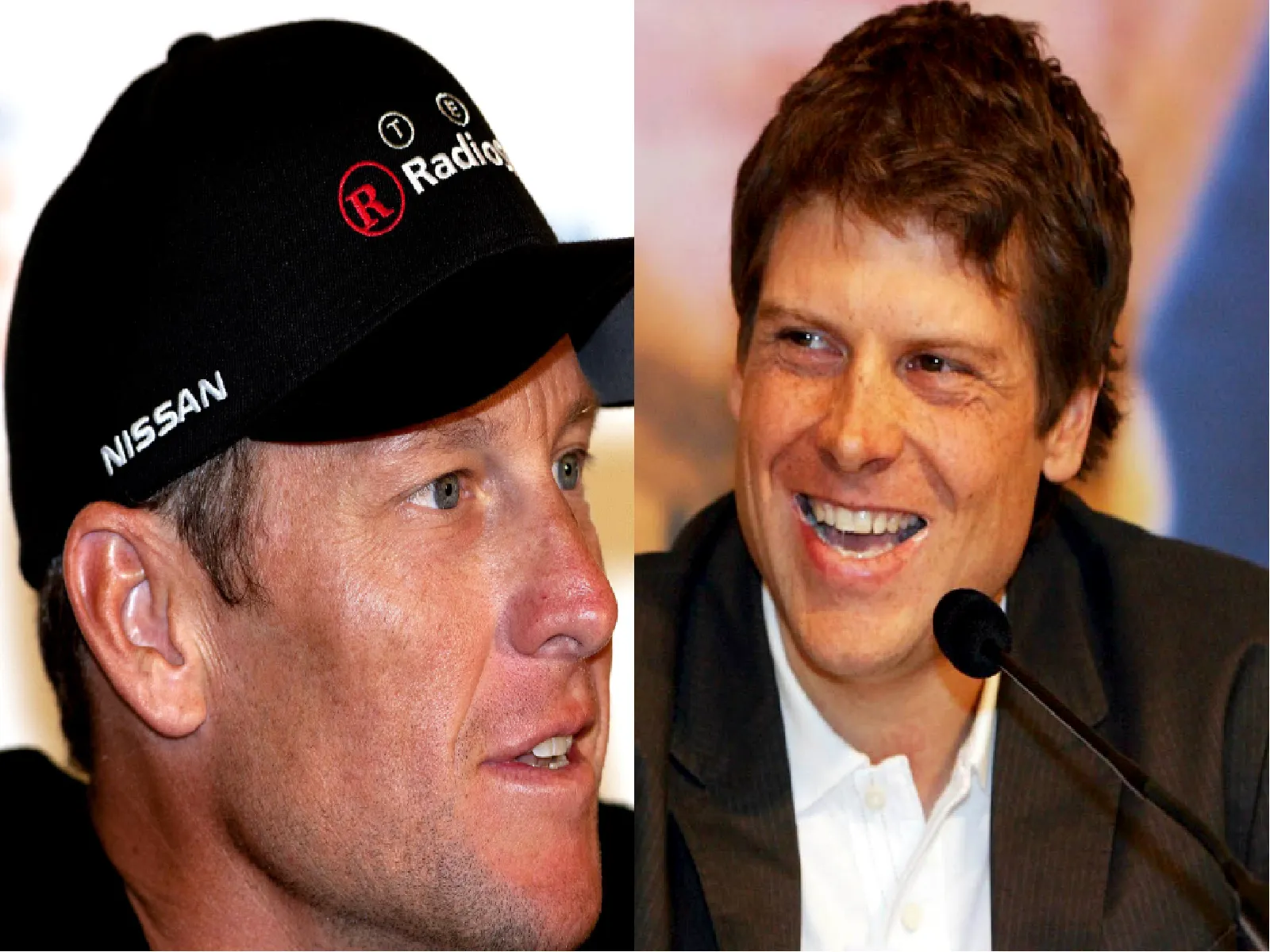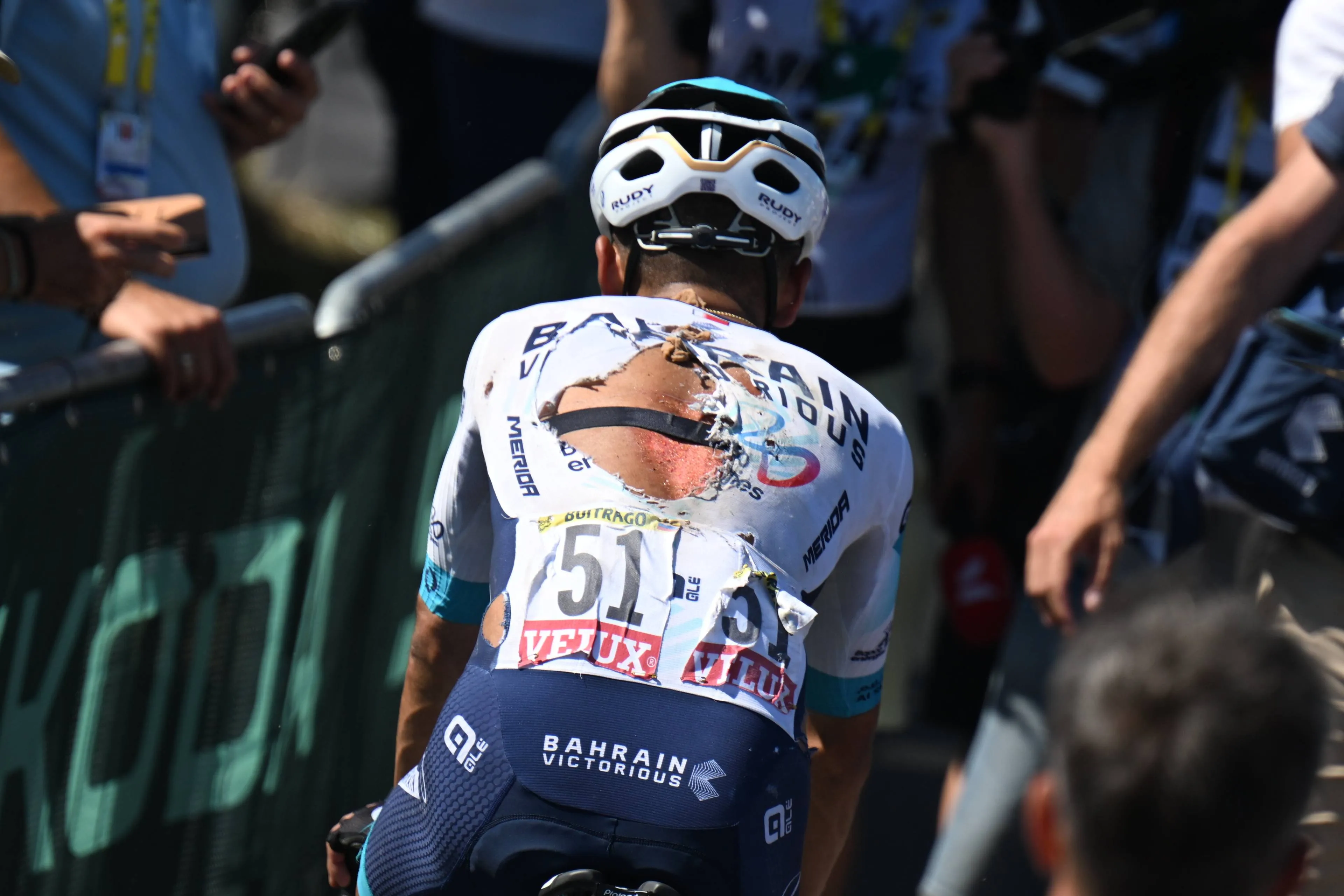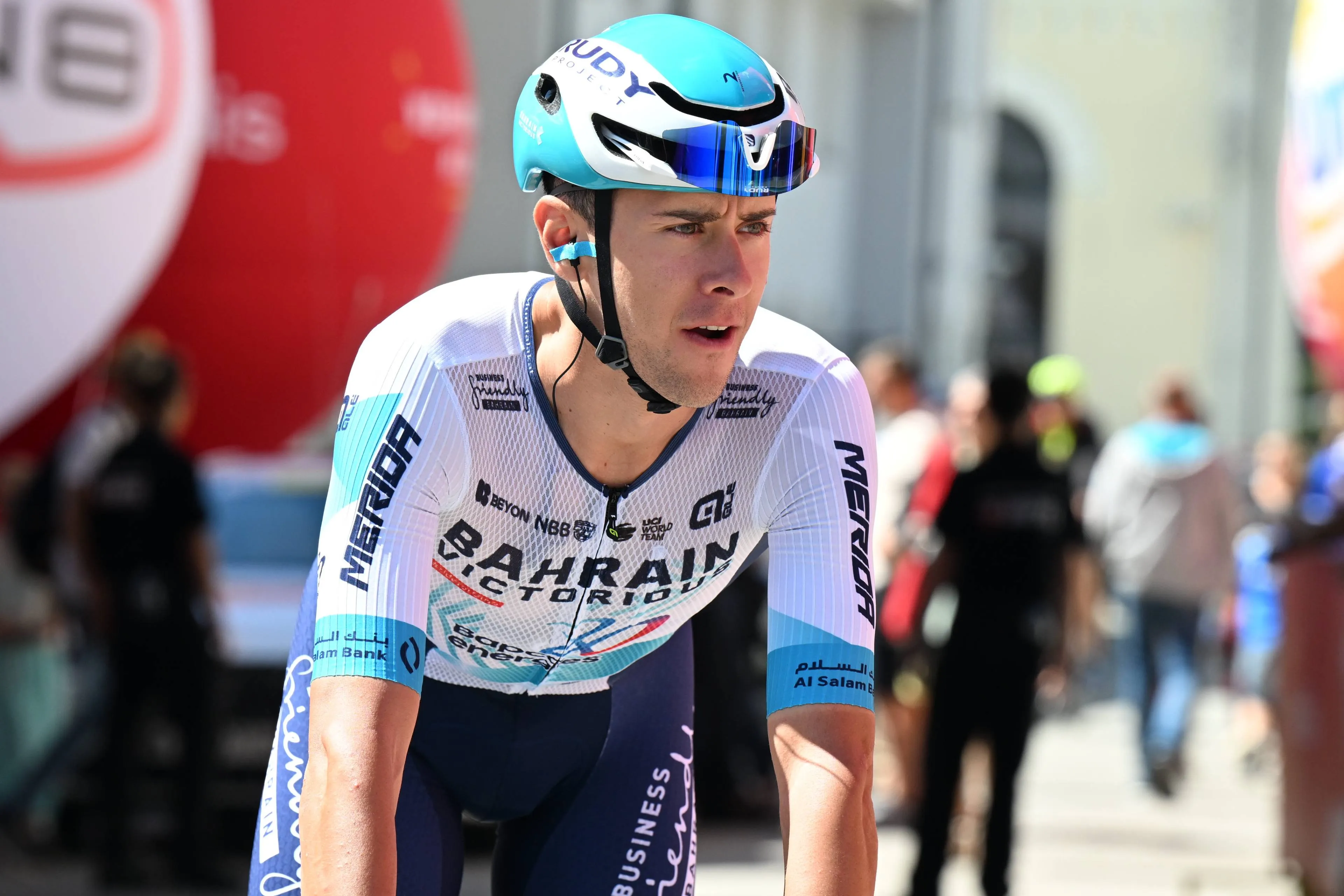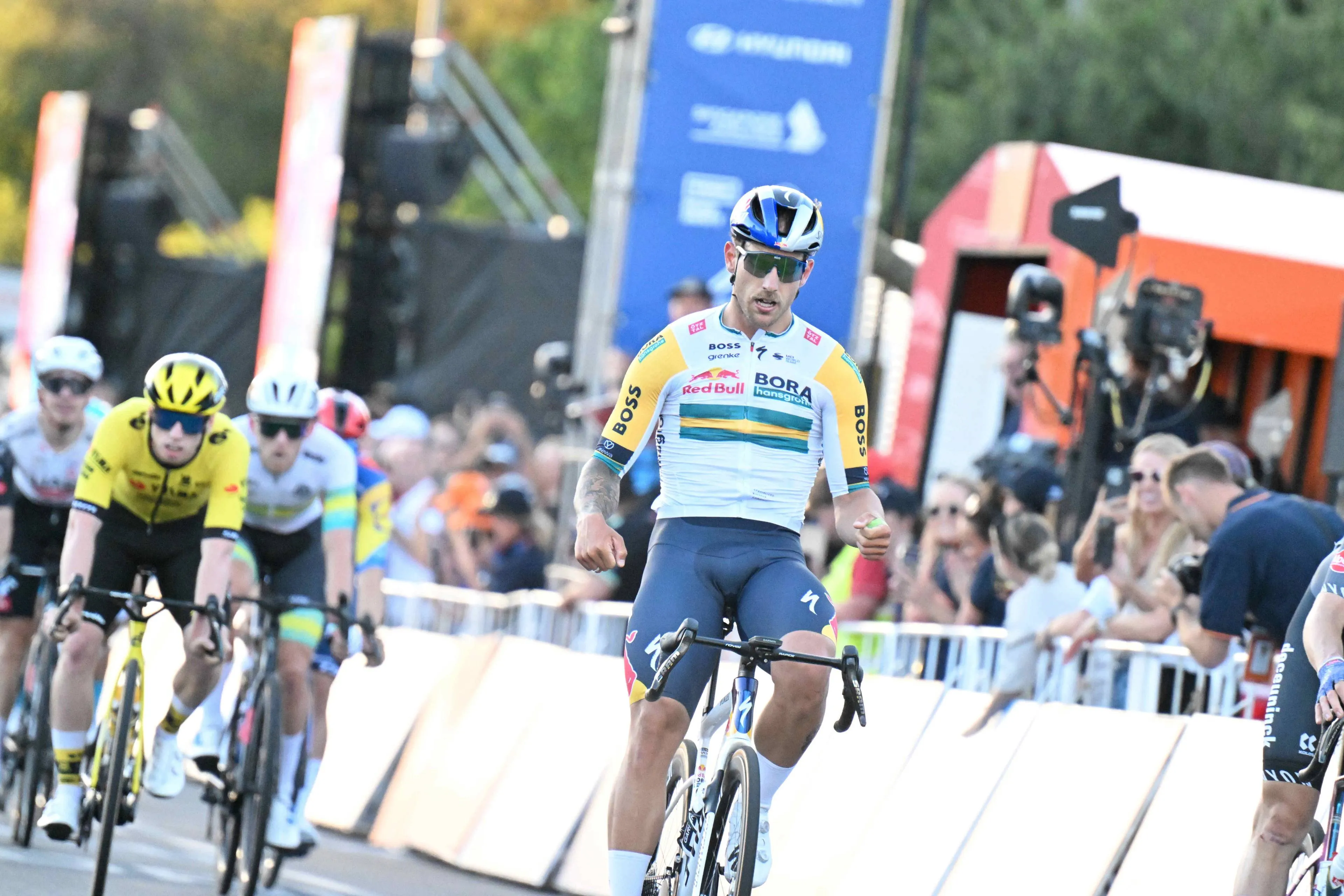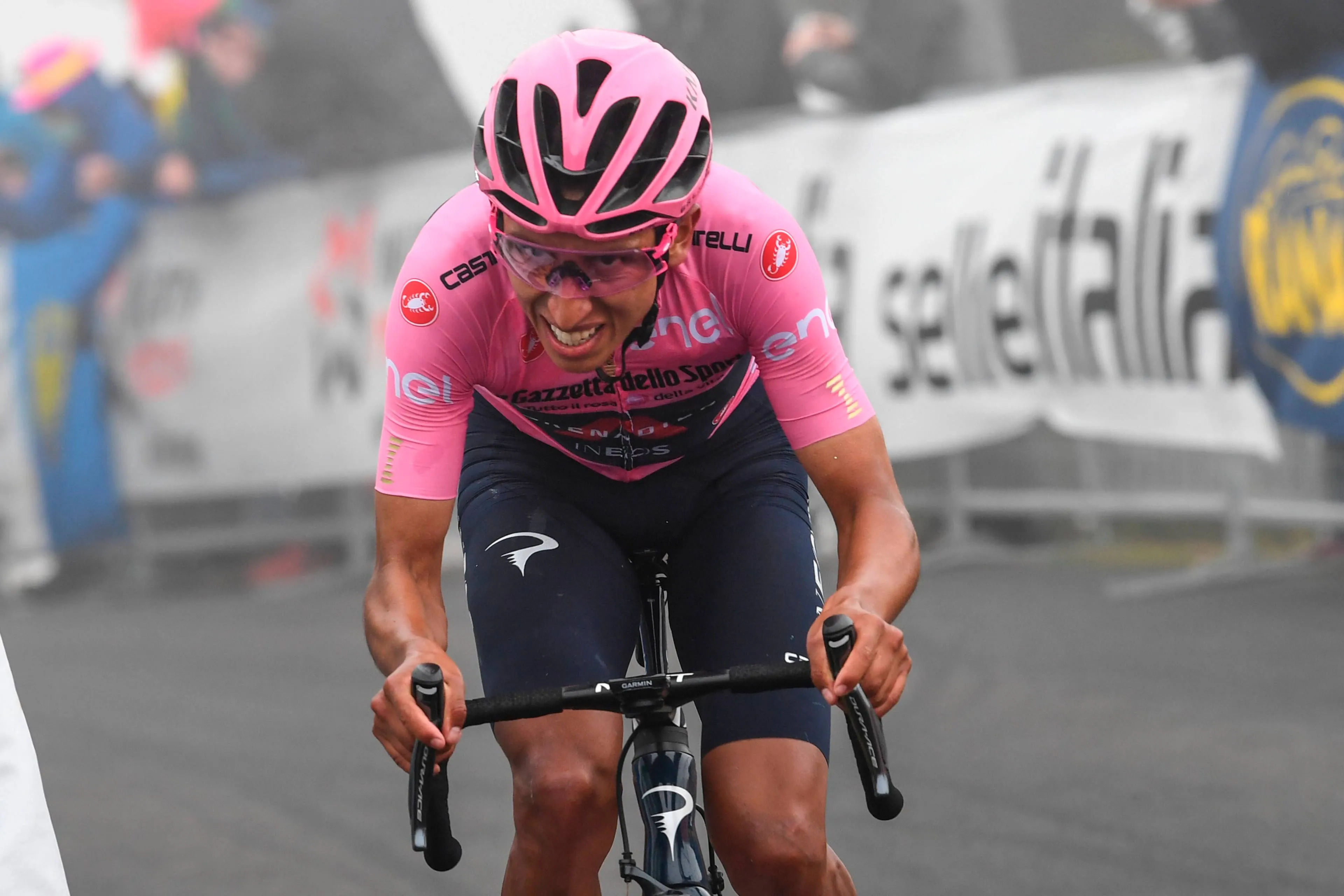ANALYSIS: Has American cycling ever recovered from the Lance Armstrong scandal?
CyclingWednesday, 23 October 2024 at 11:47
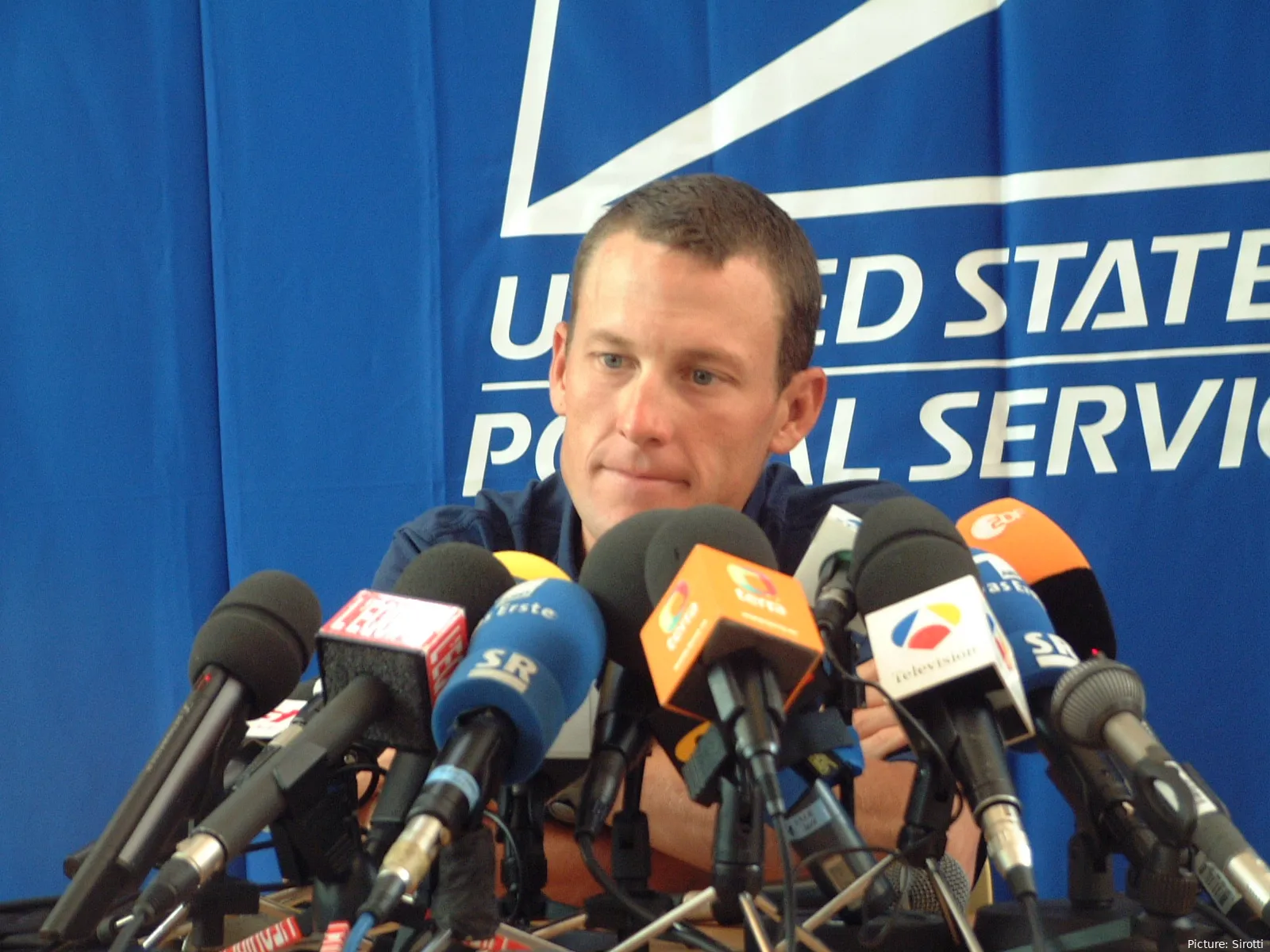
Lance Armstrong was once considered a global icon, revered
not just for his dominance in cycling but also for his inspiring comeback from
cancer. However, the extensive doping scandal that led to his downfall had a
profound and long-lasting impact on cycling, particularly in the United States.
We all know the story, but have we truly considered it’s
impacts? We can doubt the brilliance of Tadej Pogacar, and other cycling
greats, but is there not a more interesting question to ask?
The question that I want to address today is: Has American
cycling ever truly recovered from the Armstrong scandal?
Read also
Armstrong’s Career and His Influence on American Cycling
In the late 1990s and early 2000s, Lance Armstrong
transcended cycling. He won seven consecutive Tour de France titles between
1999 and 2005, establishing himself as a household name. His story, however,
wasn’t just about his victories; it was also about his battle with testicular
cancer. Diagnosed in 1996 with advanced cancer, Armstrong’s recovery and return
to professional cycling was nothing short of miraculous.
It earned him a status in the US that can be compared to
sporting legends like Tiger Woods and LeBron James, as he dominated the sport
both on the road and in the media. Of course, this is not the norm for a
professional cyclist, especially not in the US. His Livestrong Foundation
raised millions of dollars, and his yellow wristbands became a symbol of hope
for cancer survivors globally.
Read also
At the peak of his career, Armstrong was a cultural icon in
America, helping popularize cycling in a country where the sport traditionally
struggled to gain traction compared to Europe. Races like the Tour of
California, the Tour of Georgia, and the Tour of Utah grew in prominence, and
American riders were suddenly seen as capable of competing with the best in the
world. Armstrong’s impact on cycling in America was undeniable.
The Scandal and its immediate fallout
Despite the triumphs, rumours of doping followed Armstrong
for much of his career. The turning point came in 2012, when the United States
Anti-Doping Agency (USADA) released a damning report detailing Armstrong’s
involvement in "the most sophisticated, professionalized and successful
doping program that sport has ever seen."
The fallout was swift and severe: Armstrong was stripped of
his seven Tour de France titles, banned from competitive cycling for life, and
his once-glowing public image was shattered.
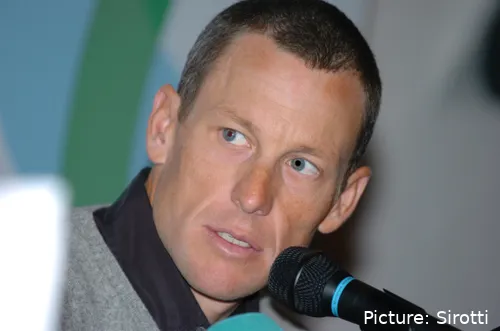
Lance Armstrong was once an American icon
Armstrong’s downfall also dragged down many of his
teammates, including Tyler Hamilton and Floyd Landis, both of whom came forward
with testimonies about the doping culture within the U.S. Postal Service Team.
Hamilton’s revelations were particularly telling, as he described a team where
doping was not just condoned but encouraged.
The scandal not only destroyed Armstrong’s legacy but cast a
long shadow over American cycling.
The impact on American cycling
The immediate impact of the scandal was catastrophic for
American cycling. Races like the Tour of California and the Tour of Georgia,
which had gained international attention, either scaled down or disappeared
altogether. Cycling sponsors were wary of associating themselves with the
sport, and public trust in American riders was deeply eroded.
Now, let’s make one thing clear. There’s a whole lot of
other reasons why cycling in the USA is faltering, it’s not just down to Lance
Armstrong. But, there is no denial that the sport’s downturn in popularity in
the country has coincided with the fallout from Armstrong’s doping admission. In
fact, By 2024, the UCI World Tour calendar no longer featured any events in the
United States, a stark contrast to the period during Armstrong’s reign when
American cycling had real momentum.
Read also
Between 2012 and 2024, only two American riders have won
Grand Tours—Chris Horner, who won the 2013 Vuelta a España, and Sepp Kuss, who
claimed the same race a decade later in 2023. This is a paltry return for a
country with such a large population and resources, especially when compared to
a cycling powerhouse like Slovenia, a country with only two million people but
home to stars like Tadej Pogacar and Primoz Roglic.
In terms of Olympic success, the United States continues to
dominate across various sports. At the Paris 2024 Olympics, the U.S. topped the
medal table, winning 40 golds and 126 medals in total. Yet in cycling, the
country remains a minor player in the world of road racing, raising questions
about why a nation so successful in other sports has struggled to reclaim its
place in the cycling world.
Read also
A shift towards gravel?
One of the more interesting developments in American cycling
post-Armstrong has been the rise of gravel racing. Unlike road racing, which
has struggled to regain its footing, gravel events have flourished. Races like
Unbound Gravel and Belgian Waffle Ride are immensely popular, attracting
thousands of participants. This rise suggests that while road cycling has
suffered, cycling as a whole in America has not disappeared, it has simply
shifted focus.
Many American riders, perhaps wary of the pressures and
reputational risks associated with road cycling, have chosen to focus on gravel
racing instead, where the stakes are lower and the culture is more inclusive.
This shift has somewhat insulated American cycling from complete irrelevance
but has also diluted the country's talent pool on the road.
Read also
The doping legacy and Armstrong’s continued relevance
Even today, Armstrong remains a controversial figure. While
his public image may never fully recover, he has managed to stay relevant,
partly through his podcast, The Move, where he provides commentary on
cycling races. Ironically, despite being one of the most notorious cheats in
sports history, Armstrong’s insights still attract a considerable audience,
highlighting the complicated relationship the public has with him.
Doping scandals have long plagued cycling, and Armstrong’s
fall from grace only added to that legacy. While doping remains an issue in
professional cycling, Armstrong's case was uniquely damaging because of the
scale of his deception and the way it unravelled cycling’s credibility in
America. The sport has made efforts to clean up its image globally, but the
question remains whether the U.S. cycling scene, especially on the road, will
ever recover fully.
Armstrong's scandal is not the only high-profile case of
cheating in sports. Several other athletes have been caught in similar
controversies, impacting not only their careers but also the reputation of
their sport. One notable example is Marion Jones, the American sprinter who won
five medals at the 2000 Sydney Olympics. Jones admitted to using
performance-enhancing drugs, and her medals were stripped in 2007. Her fall
from grace deeply hurt American track and field, which struggled with doping
scandals long after her confession.
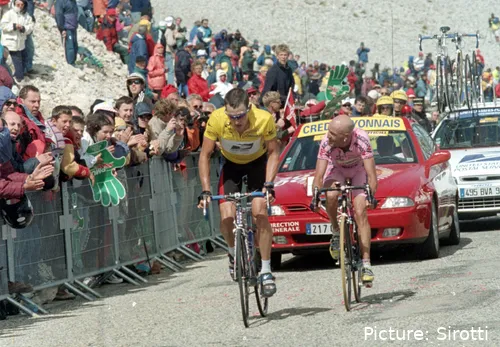
Armstrong's impact on cycling is still lingering
In fact, track and field shares plenty of similarities with
road racing in the US. They’re both sports with declining professional popularity,
they both have been marred by doping scandals involving icons, and both are
seeing their talent pool drained as athletes select other, more lucrative
sports.
In baseball, the steroid scandal that implicated stars like
Barry Bonds and Mark McGwire tarnished the image of Major League Baseball
(MLB). However, while the league implemented stricter testing and penalties,
the sport’s popularity eventually recovered due to its deep-rooted cultural
significance in the U.S. Similarly, in cricket, Australia’s ball-tampering
scandal in 2018 involving Steve Smith and David Warner was a national disgrace.
However, despite the public outrage, Australian cricket has largely bounced
back.
These cases suggest that while scandals can hurt a sport's
reputation in the short term, recovery is possible. However, Armstrong case
stands out because it affected not just an individual but an entire nation’s
view of a sport that was already struggling for mainstream attention in the
U.S.
Read also
In short, American cycling has not entirely recovered from
the Lance Armstrong scandal. While cycling events like gravel racing have found
success and a new generation of riders like Sepp Kuss have emerged, the
scandal's long-lasting effects continue to hinder the sport’s growth. Major
races like the Tour of California are gone, and American representation in
elite road cycling remains minimal compared to Armstrong’s era.
The doping culture that Armstrong embodied damaged not just
his reputation but the sport itself. As a result, fewer Americans may be
inspired to take up cycling at a professional level. Until the sport in the USA
can rebuild trust and attract major sponsors, it’s unlikely that American
cycling will return to the heights it once enjoyed.
In some ways, Armstrong’s legacy will always haunt the
sport. As long as he remains a public figure, his story will serve as a
cautionary tale for both athletes and fans. The path to recovery for American
cycling is not impossible, but it will require a concerted effort to distance
itself from the shadow of its most famous, and infamous, son.
Read also
claps 1visitors 1
Just in
Popular news
Latest comments
- Ah pundits….those who cannot do, fill air time and column inches criticizing those who can… Eddy Merckx wins all the races…cycling is boring and sucks nowCrashjames17-12-2025
- Boring to see a generational talent in your own life time? We should all feel privileged to see it. I certainly do. I feel the same when I see other once in a life time amazing guys in other fields rewriting the record books: Magnus Carlsen in chess and Shoei Ohtani in baseball. And the way they carry themselves.. humble and respected by their peers adds to their appeal.Santiago17-12-2025
- As a current or ex crosser, you should be asking yourself 'what is VDP doing that I'm not', instead of bellyaching that he's winning everything. It's not boring for me to watch an athlete, at the pinnacle of their career, absolutely pulverised the opposition. Whether it be Tiger Woods, Usain Bolt, Roger Federer or indeed our own Tadej Pogacar. Are cyclists really such a bitter breed that we see excellence as boring? Personally, I'm in absolute awe. Here's a question for Mr Wellens, how long will it take before Thibaut Nys becomes boring, after VDP has hung up his wheels?Pogthegoat17-12-2025
- Monotonous? Boring? Pundit? WTF?MajorPayne17-12-2025
- What a backwards step for this team. First the signing of Ayuso and now every chance of Derek Gee.whit2pet17-12-2025
- and also let’s hope he doesn’t have a wife that goes off on the team and riders.mij17-12-2025
- with all due respect to Welsford, what has he won to deserve the title “ace”. he is there in many sprints, but other than some nationals and maybe a 3rd tier race, he isn’t exactly a feared sprinter in the peloton. of course with the right team he could become a winner, but is Ineos the right team? Unlike a Quick-Step, Ineos is not exactly sprinter friendly. they don’t have a track record of developing winners at sprinting.mij17-12-2025
- Let's hope that he doesn't throw his tantrums on his teammates at Visma.
 KerisVroom17-12-2025
KerisVroom17-12-2025 - Hopefully it's for more money than his previous year. That said, he also knows that 2 even younger riders with a potentially higher ceiling could replace him. So he's still fortunate to be part of a team that wins.Veganpotter16-12-2025
- No mention to their best cyclist? Paul Magnier. Save my words.
 PAULO16-12-2025
PAULO16-12-2025
Loading
7 Comments





